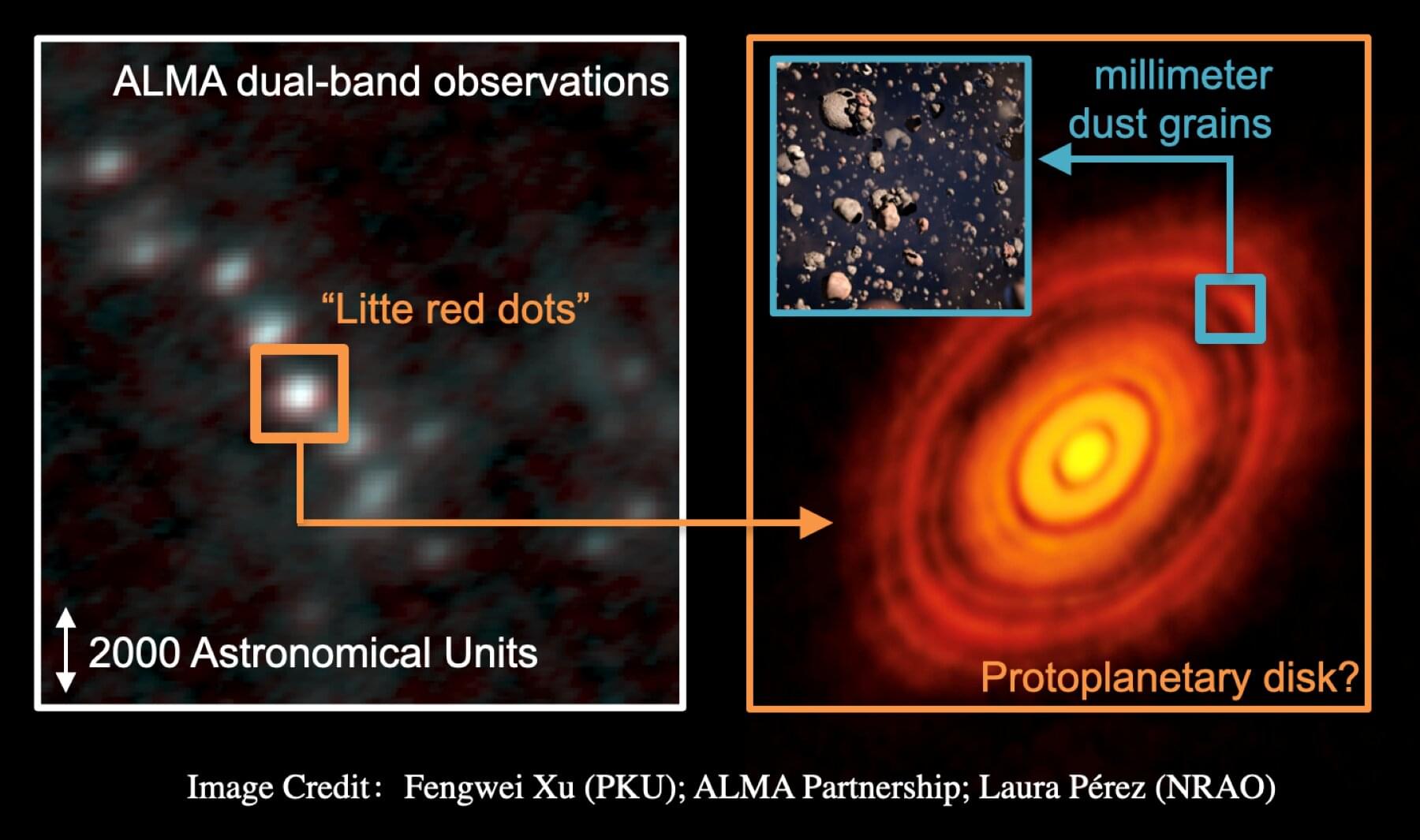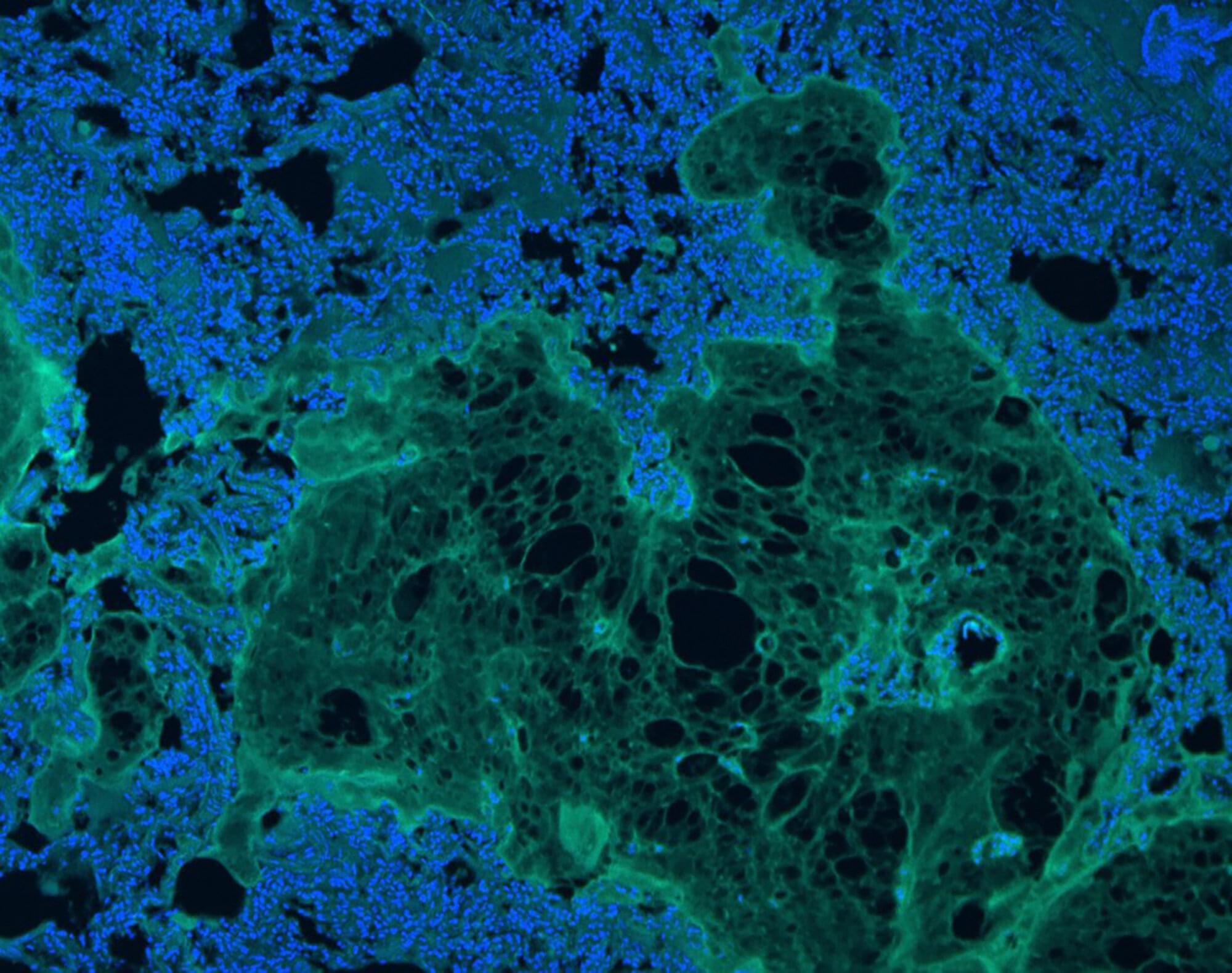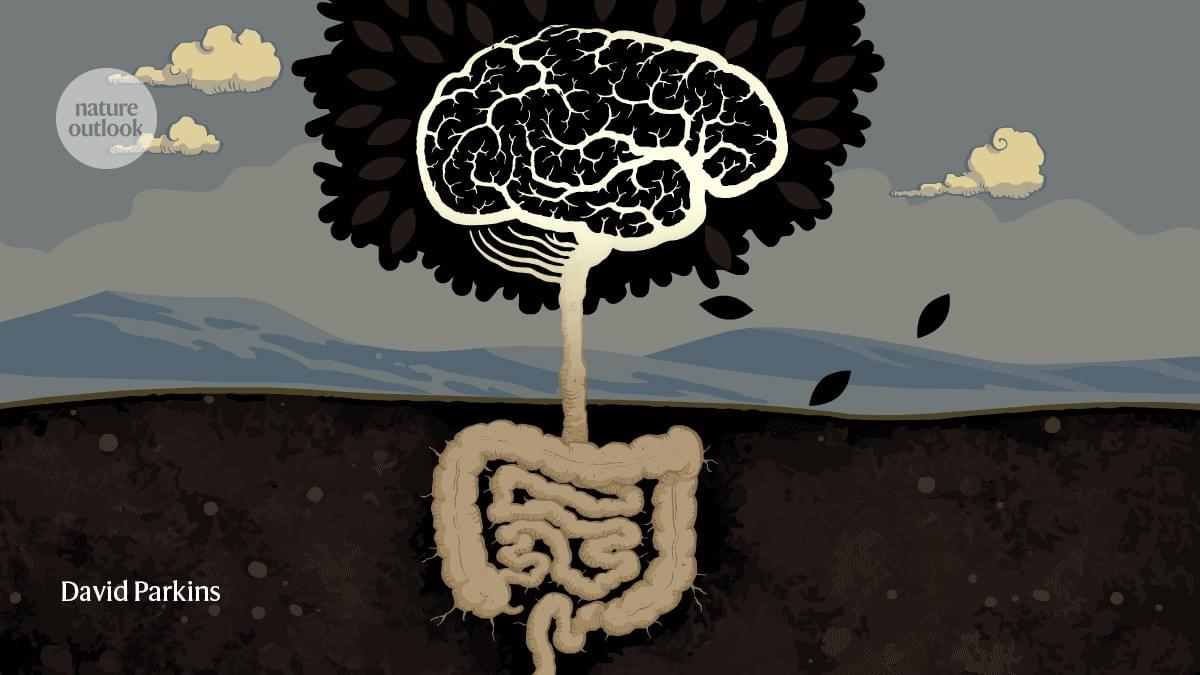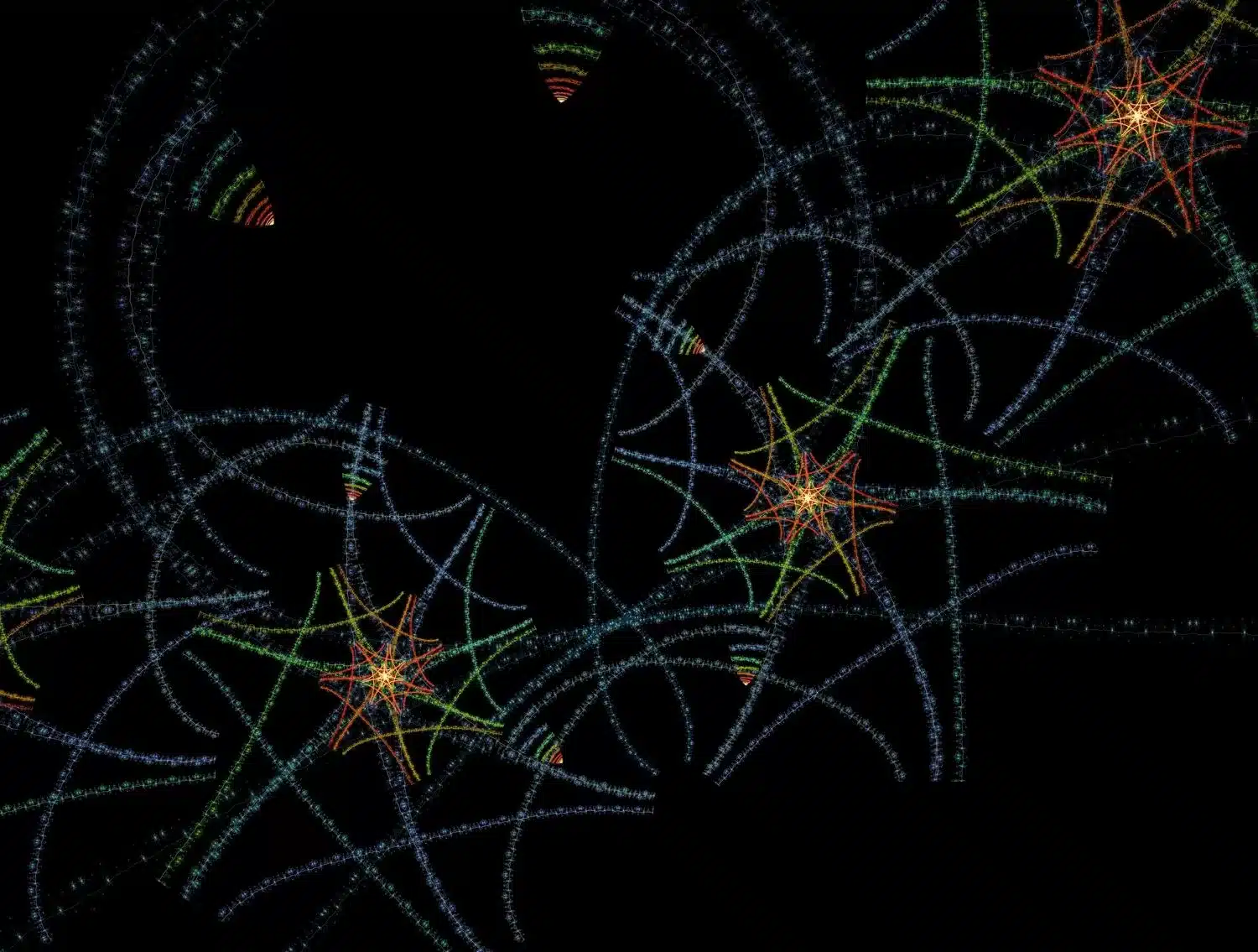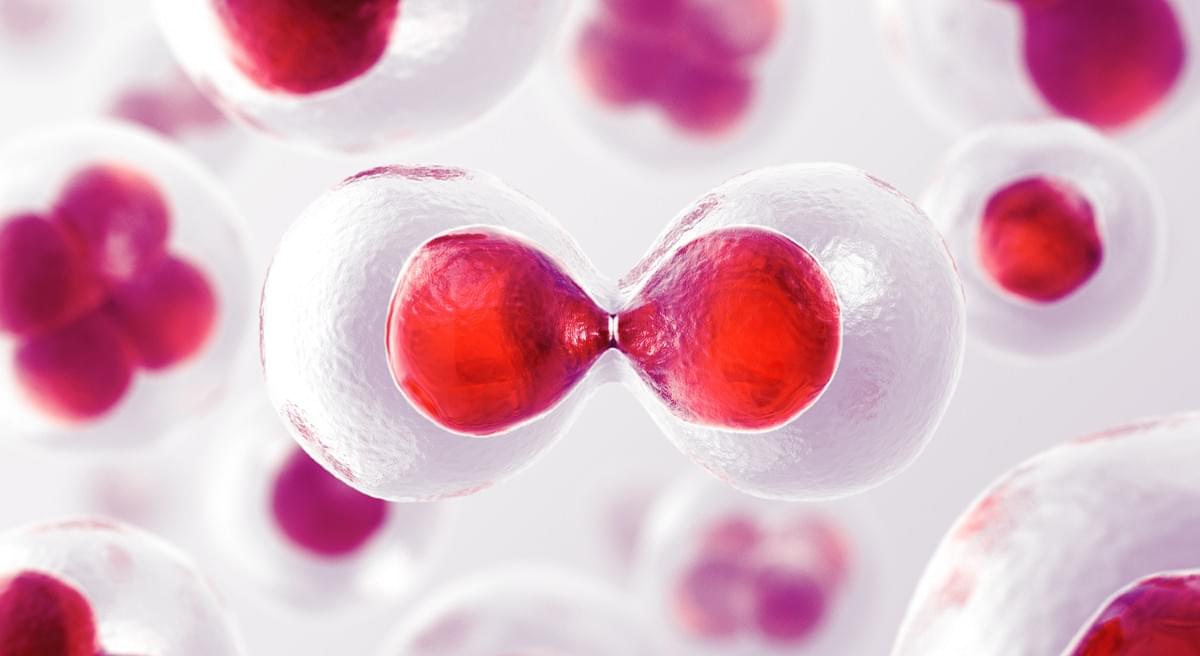If humans make it to 150 years old—known as aging “escape velocity”—we could choose exactly how long we’d like to live.
“Space weather can impact systems that use IT for critical functions and everyday processes,” James Spann, a senior scientist at the Office of Space Weather Observations at the U.S. National Oceanic and Atmospheric Administration’s (NOAA) National Environmental Satellite, Data, and Information Service (NESDIS) department, told Space.com in an email. “These space weather impacts can have the same symptoms as a cyberattack, where systems will be brought down, or lockup, or transmit erroneous information.”
NESDIS oversaw a tabletop space weather exercise conducted in May 2024, the first such drill testing the U.S. preparedness for a major solar storm. Results of the exercise, which brought together 35 US government agencies, were published in a report in April.
In one of the simulations during the exercise, NOAA and the U.S. Air Force reported a severe solar flare and radio burst, but another federal department or agency “reported contradictory information, suggesting that the radio and communications disruptions were possibly the result of a cyberattack,” according to the report. Above all, it showed the need for effective communication following such events.
The sun has released several powerful M- and X-class solar flares over the past few days, resulting in radio blackouts around the world.
For decades, astronomers have discovered hundreds of protoplanetary disks—structures believed to represent the early stages of our own solar system. However, most of these discoveries lie within our neighborhood, which may not reflect the extreme conditions found in other parts of the Milky Way.
Among the most dynamic and turbulent regions is the Central Molecular Zone (CMZ) near the Milky Way galactic center, where high pressure and density may shape star and planet formation in fundamentally different ways. Studying protoplanetary systems in the CMZ provides a rare opportunity to test and refine our theories of solar system formation.
An international team of researchers have conducted the most sensitive, highest-resolution, and most complete survey to date of three representative molecular clouds in the Milky Way’s CMZ. Their observations revealed over five hundred dense cores—the sites where stars are being born.
Anthropic Closes $2.5 Billion Credit Facility As Wall Street Continues Plunging Money Into Artificial Intelligence Boom
Posted in business, economics, finance, robotics/AI | Leave a Comment on Anthropic Closes $2.5 Billion Credit Facility As Wall Street Continues Plunging Money Into Artificial Intelligence Boom
“The backing of these global financial institutions is a testament to the strength of our business and the resonance of our mission,” Krishna Rao, Anthropic’s finance chief, said in a statement.
University of California, Los Angeles and University of California, San Diego researchers developed an injectable sealant for rapid hemostasis and tissue adhesion in soft, elastic organs.
Formulated with methacryloyl-modified human recombinant tropoelastin (MeTro) and Laponite silicate nanoplatelets (SNs), the engineered hydrogel demonstrated substantial improvements in tissue adhesion strength and hemostatic efficacy in preclinical models involving lung and arterial injuries.
Injuries to soft tissues such as lungs, heart, and blood vessels complicate surgical closure due to their constant motion and elasticity. Sutures, wires, and staples are mechanically fixed, risking blood loss when applied to tissues that expand and contract with each breath or heartbeat. Existing hemostatic agents, including fibrin-based sealants, aim to stem blood flow but may trigger intense coagulation responses in patients with clotting disorders.
The relationship between pathology in the brain and alterations in the gut microbiome could lead to therapies — even if it’s not clear which changes come first.
A UNIGE team has shown that particles can be measured jointly without bringing them together.
The discovery that some cancer cells harness intracellular tension to resist chemotherapy could lead to treatments with fewer side effects.



